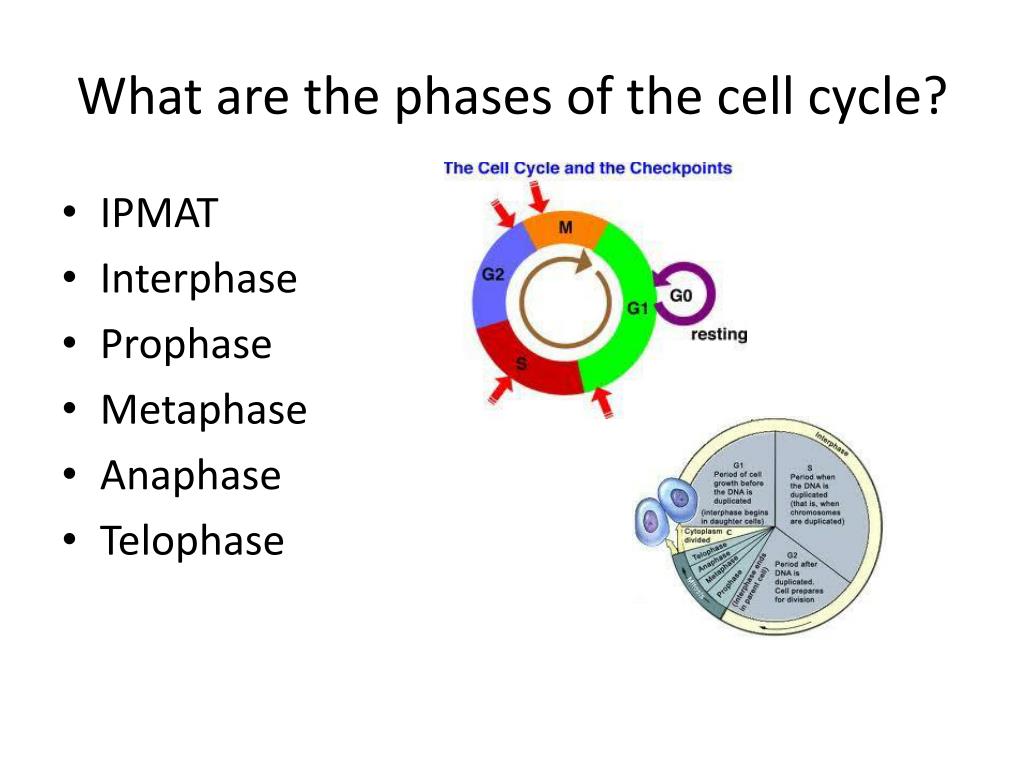

Replication of DNA commences and completes during the S phase, forming two sister chromatids per single chromosome. The synthesis of proteins, as well as the increasing the number of organelles like mitochondria and ribosomes, occur at G 1 phase. The biosynthetic activities of the cell take place rapidly during the G 1 phase. The G 1 phase is the first growth phase of the interphase. The cell leaves the cell cycle and stops its division during G 0 phase. Before entering into G 1 phase, a cell normally exists at the G 0 phase, which is the resting phase of cell cycle. It is composed of three sequential phases: G 1 phase, S phase, and G 2 phase. Interphase accounts for about 90% of the total time of the cell cycle. Before entering the cell division, cell prepares for its division by processes such as up taking all requiring nutrients into the cell, protein synthesis and replication of DNA. The interphase is the initial phase or the growth phase of the cell cycle in eukaryotes.

What is the difference between Interphase and Prophase The main difference between interphase and prophase is that during interphase, the cell grows by increasing the size and duplicating the genetic material whereas, during prophase, actual cell division starts by chromosome condensing.ģ. Chromosomes are connected to the spindle apparatus during prophase. Prophase is the first phase of cell division.

During the growth phase, the cell collects required nutrients for the protein synthesis and DNA replication. Interphase is considered as the growth phase of the cell, which occurs between two mitotic divisions. Interphase and prophase are two terms, which are used to describe different periods of the cell cycle.


 0 kommentar(er)
0 kommentar(er)
